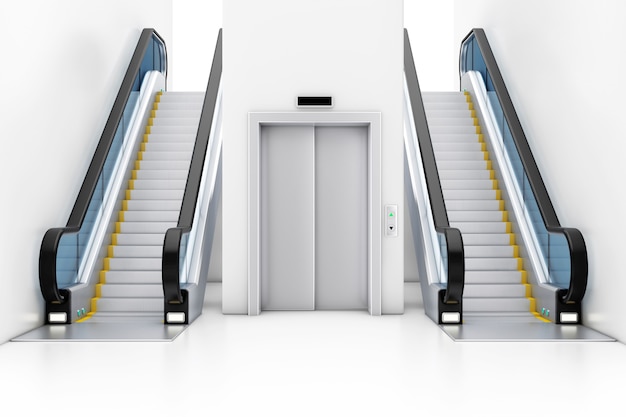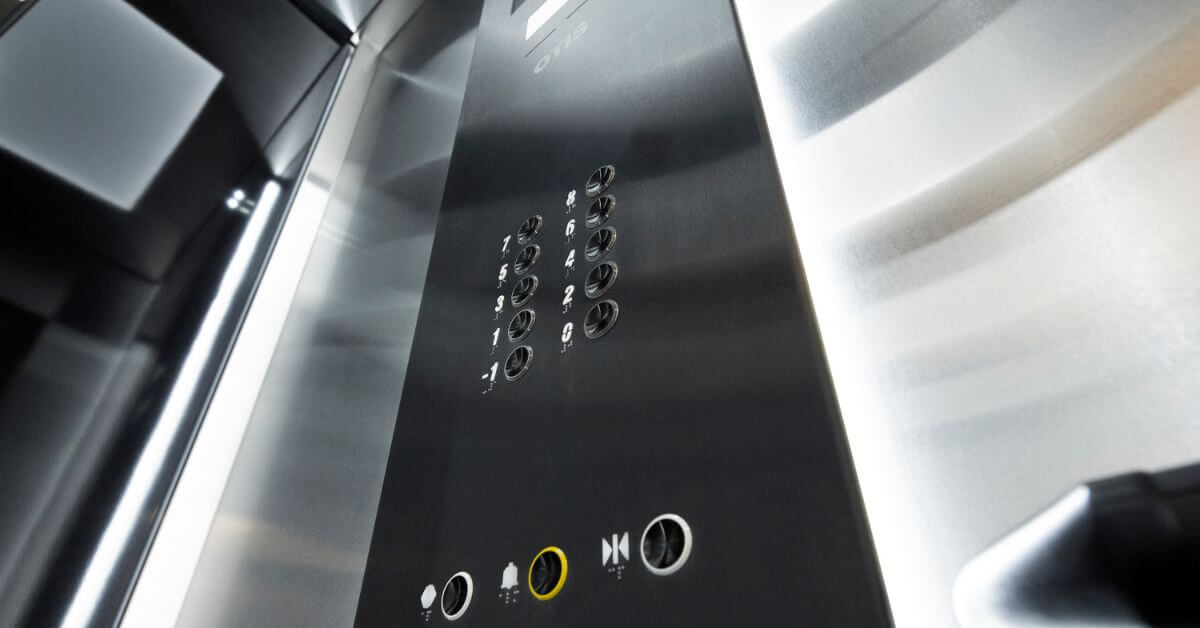Exploring the World of Elevators: Common Concerns Encountered by Numerous Lift Mechanisms
As we browse through the vertical transportation systems of modern structures, elevators stand out as an important component of our day-to-days live. However, behind their smooth operation exists a world of elaborate systems that can in some cases run into difficulties. From hydraulic elevators to traction systems and machine-room-less layouts, each lift kind features its set of usual issues. Comprehending these difficulties is important for making sure the smooth functioning of these vital systems. Allow's explore the intricacies that underlie the procedure of elevators and the potential issues that can emerge, losing light on the intricate web of lift systems.
Hydraulic Elevators
Hydraulic lifts, typically liked for low-rise structures, use fluid pressure to control the activity of the elevator auto (lift repair companies). This device involves a hydraulic pump pushing oil into a cyndrical tube, creating the elevator to relocate in the desired instructions. While hydraulic elevators are understood for their silent and smooth procedure, they do feature their own set of typical concerns
One widespread problem with hydraulic lifts is oil leak. In addition, concerns with the control system, such as damaged shutoffs or a malfunctioning pump, can trigger disturbances in the lift's activity.
Normal maintenance and prompt repairs are important to make certain the smooth performance of hydraulic elevators. By addressing these common concerns proactively, building proprietors can minimize downtime and make certain the security and efficiency of their upright transportation system.
Grip Elevators
When thinking about upright transportation systems in buildings, another typical kind in addition to hydraulic elevators is the traction elevator. Grip elevators run using a system of ropes and weights that relocate the elevator cars and truck by grasping onto the hoist ropes. This system permits for smoother and quicker upright transportation compared to hydraulic systems.
One of the usual issues dealt with by grip lifts is rope wear. The constant activity of the ropes within the grip system can cause tear and use over time, potentially triggering the lift to malfunction or become dangerous for usage. Routine evaluations and maintenance of the ropes are necessary to make certain the lift's appropriate performance and safety and security.
Another problem that traction elevators might run into is associated with the control system. Troubles with the control system can cause concerns such as unpredictable motion, delays in action times, and even total shutdowns. Normal testing and upkeep of the control system are vital to avoid such issues and make sure the lift's reliability.
Machine-Room-Less (MRL) Elevators

One of the crucial components of MRL lifts is the portable gearless grip equipment that lift repair near me is installed within the hoistway. This equipment successfully drives the elevator automobile without the demand for bulky equipment located in conventional grip elevators. Furthermore, MRL elevators generally utilize a weight system to balance the car, more improving their energy efficiency.
In spite of their advantages, MRL elevators may deal with obstacles related to maintenance and repair service as a result of the restricted area for tools installation. Ease of access for servicing parts within the shaft can be limited, requiring specialized training for specialists. Correct maintenance schedules and routine examinations are important to guarantee the continued smooth procedure of MRL lifts.
Overloading and Weight Restriction Issues
Are lifts furnished to take care of excess weight lots successfully and securely? Straining and weight limitation issues are crucial concerns in lift operations. Lift producers style lifts with specific weight capabilities to ensure passenger security and tools longevity. Going beyond these weight limits can lead to different troubles, consisting of mechanical failures, hold-ups, and safety and security hazards.
When elevators are overloaded, it places too much pressure on the electric motor, wires, and various other parts, possibly creating malfunctions or failures. If they identify excess weight, safety systems such as sensors and overload sensing units are in place to avoid elevators from moving. In addition, exceeding weight restrictions can cause raised power intake and deterioration on the lift system.
To reduce straining problems, building managers must prominently show weight restrictions in elevators and inform web link owners on the value of sticking to these restrictions - lift repair companies. Regular maintenance checks by certified specialists can also help make sure that elevators are operating within secure weight specifications. By dealing with overloading and weight limitation problems proactively, building owners can boost lift safety and efficiency
Electrical System Failings
Surpassing weight limitations in lifts can not only lead to mechanical concerns but additionally potentially add to electric system failings within the lift facilities. Electrical system failures are a critical worry in lift procedure, as they can trigger unforeseen closures, breakdowns, or even safety and security hazards.
Regular upkeep and assessments are vital to identify and resolve possible electrical concerns without delay, making sure the reliable and secure procedure of elevator systems. By sticking to weight limits and carrying out routine electric system checks, building owners can alleviate the threat of electrical failings in elevators.
Verdict

Hydraulic elevators, usually favored for low-rise buildings, utilize fluid pressure to regulate the activity of the elevator car.When considering vertical transport systems in structures, one more common type aside from hydraulic elevators is the traction elevator. Grip lifts run making use of a system of ropes and counterweights that relocate the elevator cars and truck by gripping onto the hoist ropes. Unlike typical lifts that require a different maker space to house the equipment, MRL elevators integrate most of the elements within the shaft, getting rid of the need for a specialized device area.In final thought, lifts encounter common he has a good point issues such as hydraulic breakdowns, grip system failings, and electrical system issues.